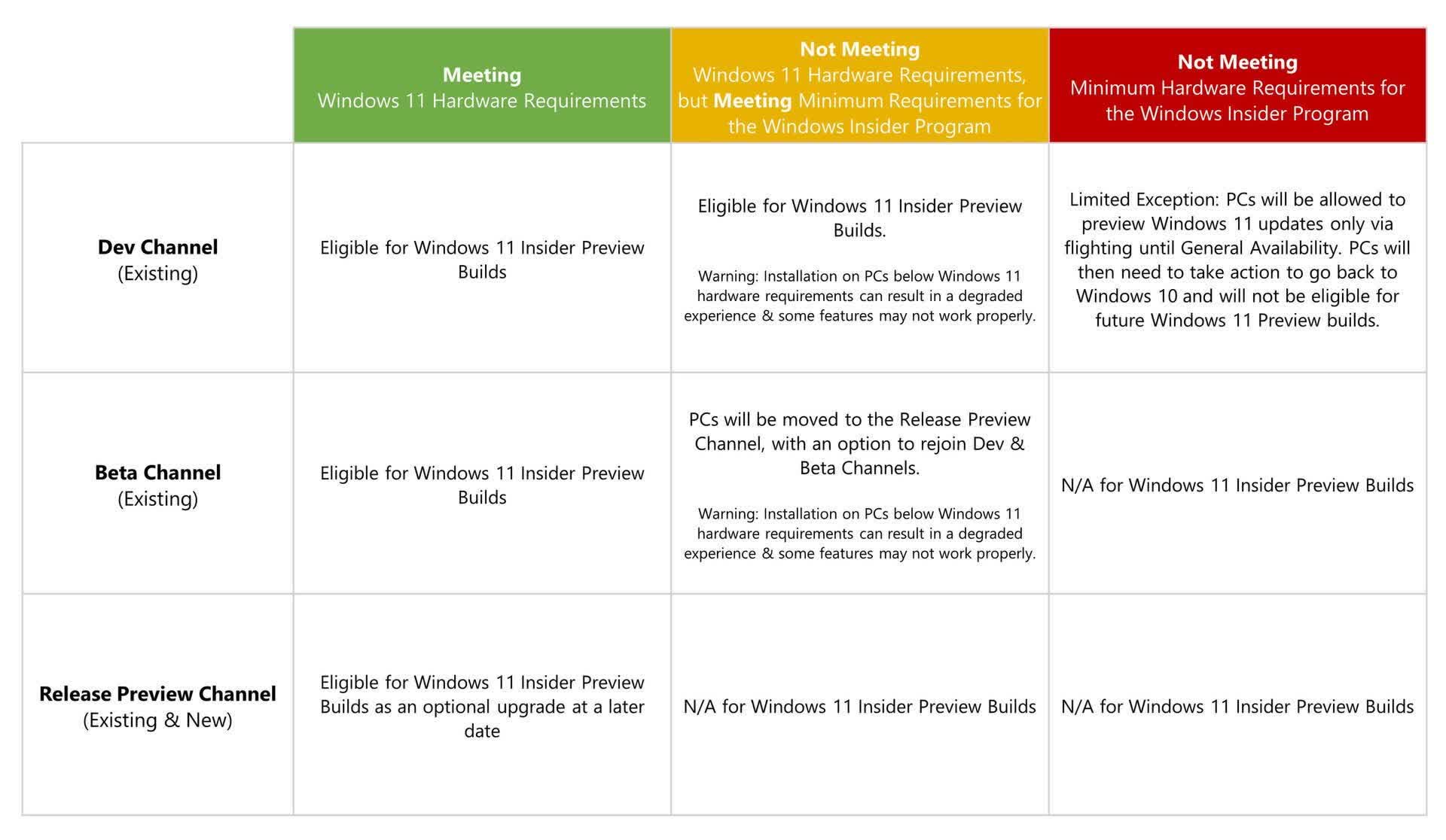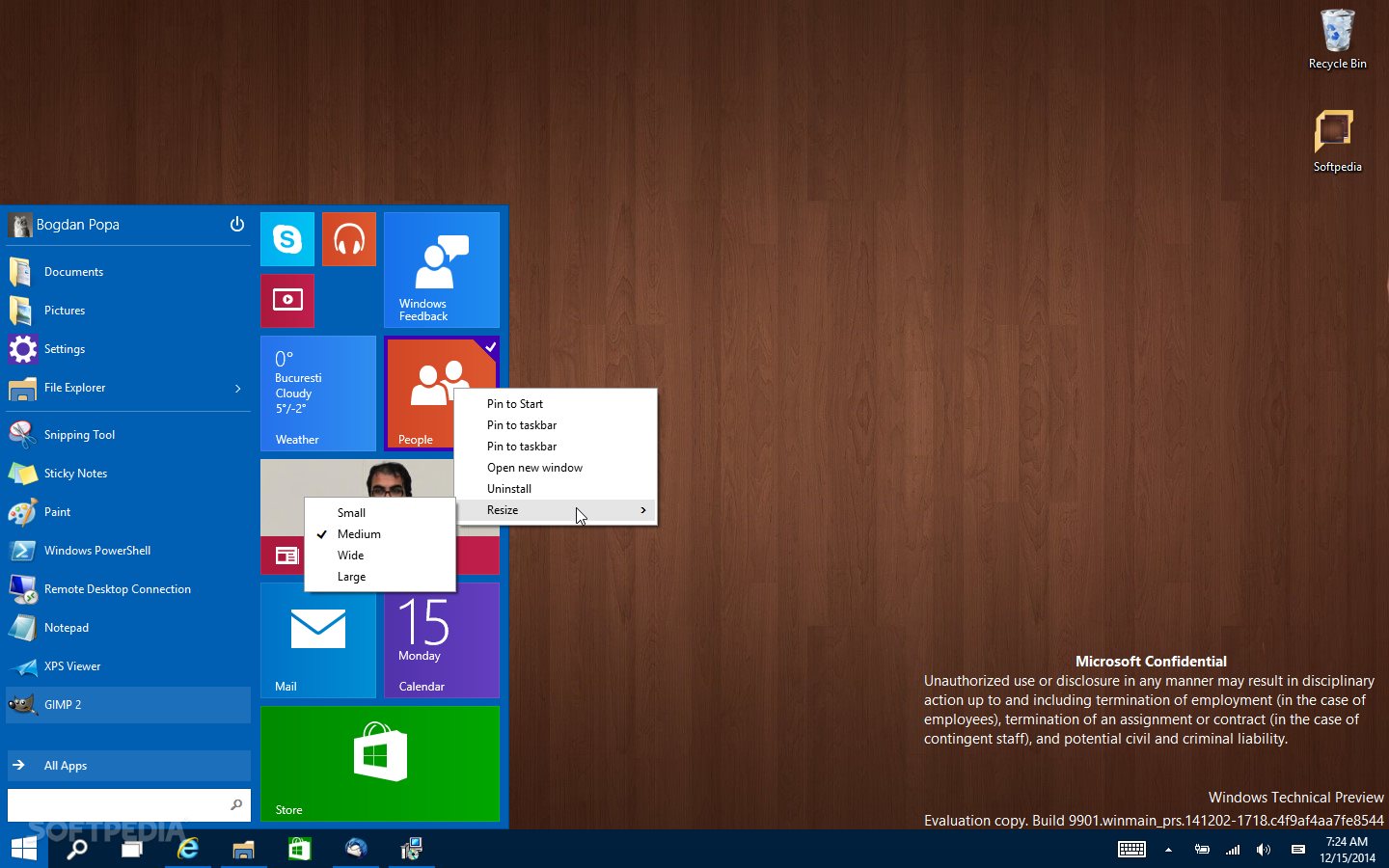

By default, the service is set to Manual (Trigger Start), which allows it to run when needed.įeature updates are supported for the following Windows 10/11 editions: For more information, see Feature updates aren't being offered while other updates are. If the service is blocked or set to Disabled, it fails to receive the update. The Microsoft Account Sign-In Assistant (wlidsvc) must be able to run. Values of Enhanced (1903 and earlier) or Optional are also supported. In the device restriction profile, under Reporting and Telemetry, configure the Share usage data with a minimum value of Required. The prerequisite to require Telemetry is under review as this feature moves towards general availability.Ĭonfigure Telemetry as part of a Device Restriction policy for Windows 10/11.

Have Telemetry turned on, with a minimum setting of Required.ĭevices that receive a feature updates policy and that have Telemetry set to Not configured (off), might install a later version of Windows than defined in the feature updates policy. Run a version of Windows 10/11 that remains in support.īe enrolled in Intune MDM and be Hybrid AD joined or Azure AD joined. Review your subscription details for applicability to Windows 11. Windows 10/11 Virtual Desktop Access (VDA) per user.Windows 10/11 Education A3 or A5 (included in Microsoft 365 A3 or A5).Windows 10/11 Enterprise E3 or E5 (included in Microsoft 365 F3, E3, or E5).In addition to a license for Intune, your organization must have one of the following subscriptions: The following are prerequisites for Intune's Feature updates for Windows 10 and later: If you edit the policy to specify a newer version, devices can then install the features from that Windows version.

Devices won't install a new Windows version until you modify or remove the Feature updates policy. Unlike using Pause with an update ring, which expires after 35 days, the Feature updates policy remains in effect. The resultant page details known issues for that Windows version that might result in safeguard hold. To learn about known issues that can result in a safeguard hold, see Windows release information and then reference the relevant Windows version from the table of contents for that page.įor example, for Windows version 2004, open Windows release information, and then from the left-hand pane, select Version 2004 and then Known issues and notifications. Learn more about safeguard holds in the Windows documentation for Feature Update Status. Once the issue is resolved, the hold is removed and the device can then update.

When a device evaluates applicability of an update version, Windows creates the temporary safeguard hold if an unresolved known issue exists. A device won't install an update when it has a safeguard hold for that Windows version.


 0 kommentar(er)
0 kommentar(er)
